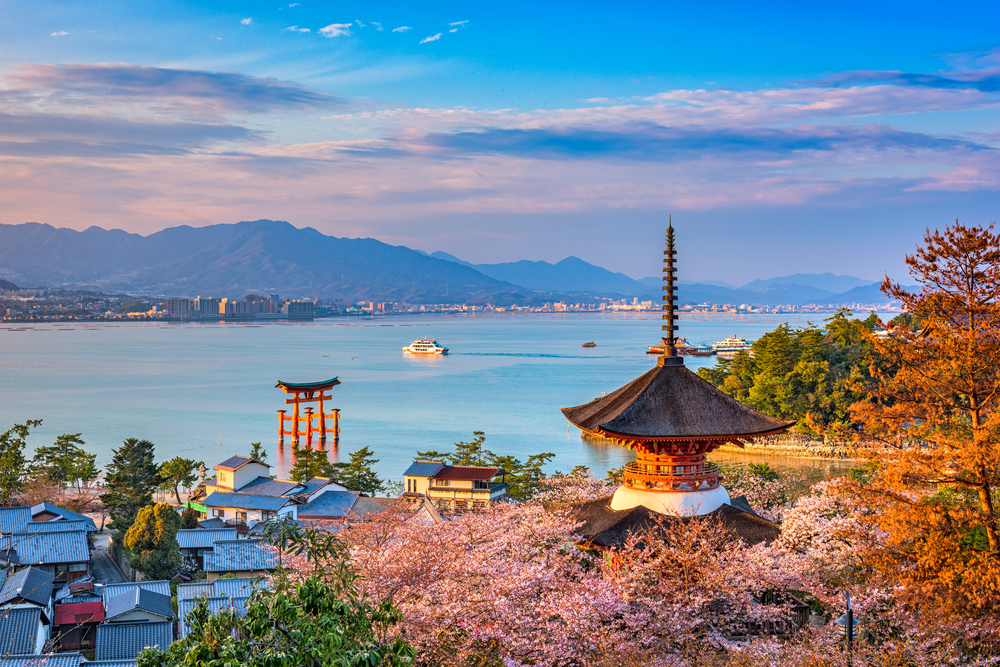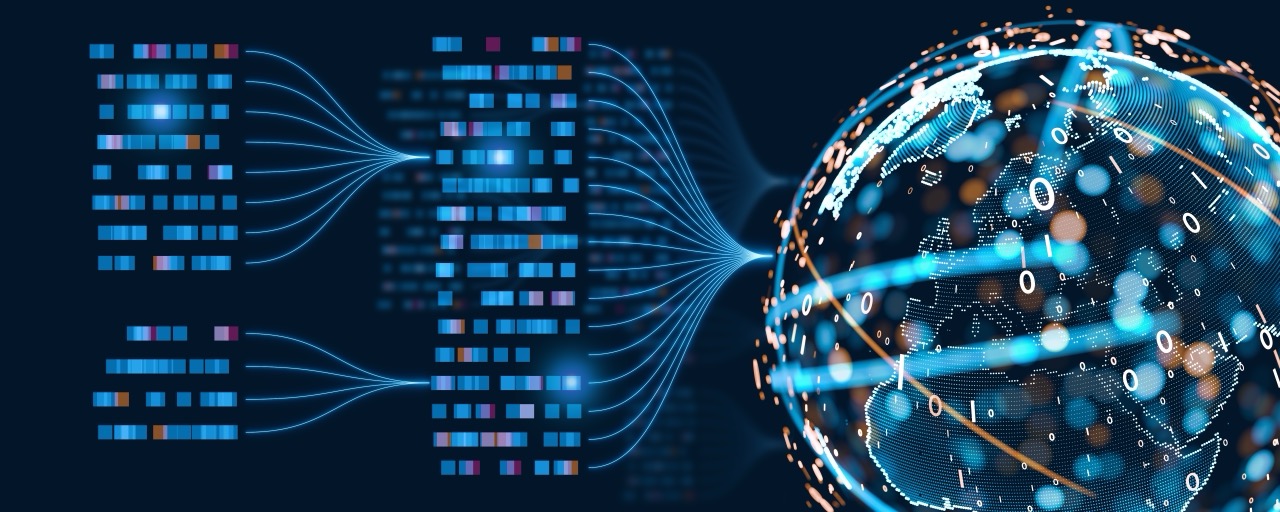Prospects for the Hiroshima Summit
The G7’s 49th annual summit is truly historic. For three days, from 19 to 21 May 2023 in Hiroshima, G7 leaders will simultaneously confront two genuinely existential threats to the planet. The first is the danger of nuclear war in Europe, the Middle East and Asia, arising from Russia’s invasion of Ukraine on 24 February 2022, Iran’s drive to acquire nuclear weapons, nuclear-armed North Korea threatening its neighbours and a militarising China willing to invade Taiwan. The second threat is climate change, relentlessly driving global temperatures towards liveable limits and approaching critical tipping points beyond which there is no return. Accompanying this deadly duo are the interconnected crises of energy, food, health, economic, financial and social insecurity, development setbacks, rising debt in poor countries and democratic decline.
To confront these threats, Japanese prime minister and host Fumio Kishida, at his second regular G7 summit, will join German chancellor Olaf Scholz at his second, US president Joe Biden at his third, French president Emmanuel Macron and Canadian prime minister Justin Trudeau at their eighth, Italian prime minister Giorgia Meloni and the United Kingdom’s Prime Minister Rishi Sunak at their first, and the European Union presidents Charles Michel and Ursula von der Leyen at their fourth. Invited leaders come from the Indo-Pacific countries of India, Indonesia, Australia, Korea, Vietnam, Comoros and the Cook Islands, as well as Brazil.
Key priorities
Security, the G7’s top priority, is highlighted by the summit’s location in Kishida’s hometown of Hiroshima. It starts with reducing the threats of nuclear war, proliferation and poor civilian reactor safety, by taking realistic, practical steps towards a world without nuclear weapons. It features regional security in Europe, including further sanctions against Russia and support for Ukraine. It adds strengthening a free, open Indo-Pacific, amid China’s threat to neighbouring democracies. It embraces crime and corruption and the overall need to defend democracy and human rights everywhere.
Ecology, another top priority, is led by climate change, biodiversity loss and pollution. Leaders will offer a blueprint to achieve net zero emissions by 2050, reduce their own by 45% by 2030, strengthen energy security through clean and renewable sources, help climate-vulnerable people, and ask all major emitters to assist.
The key priority of health begins with countering the continuing Covid-19 pandemic, and learning its lessons to strengthen the global health architecture for prevention, preparedness and response for the pandemics sure to come. Leaders will do so by shaping a new pandemic accord, better International Health Regulations and a richer Pandemic Fund, all with a better equipped World Health Organization at the core. They will spur success on sustainable universal health coverage for the United Nations high-level meeting in September. They will also address HIV/AIDS, tuberculosis and malaria, chronic and non-communicable diseases, zoonoses, antimicrobial resistance, and mental and brain health, especially as dementia spreads among the rapidly ageing populations in key G7 members.
The economy, another top priority, starts with strengthening economic security by building resilient supply chains for critical minerals, other key goods, essential technologies and infrastructure, and by countering economic coercion, non-market practises and malicious digital misuse. It includes restoring non-inflationary growth through fiscal, monetary and exchange rate policy and strengthening financial stability through better financial regulation and supervision. It extends to trade, investment, infrastructure, travel and tourism, and digital governance to standardise norms based on digital free flow with trust and democracy, through new partnerships for transparency. Key components are restoring development in poor countries and advancing the Sustainable Development Goals due by 2030, through helping vulnerable people, raising development finance, countering non-sustainable debt and overcoming vulnerabilities in the global food system.
Society, yet another priority, features improving gender equality by synergising efforts to advance women in security, the economy and society. It includes supporting better jobs and labour standards, education, human capital, and care for children and youth.
Strengthening the G7’s global governance, the final priority, includes improving implementation of summit commitments, and the G7’s work with multilateral organisations amid a changing balance of power and cascading crises. It embraces cooperating with the major growing democracies led by India, and strengthening the G7’s relationship with the G20 and the many G7 engagement groups.
Gathering momentum
Propelling progress on these priorities are Kishida’s pre-summit visits to his fellow G7 leaders and the G7’s virtual summit on 24 February with Ukraine’s Volodymyr Zelensky. Further momentum comes from G7 members’ strong compliance of over 90% by mid April with last year’s priority commitments and from the 15 stand-alone G7 ministerial meetings Japan has scheduled.
At Hiroshima, G7 leaders will build on this strong start to do the bigger, bolder things that only they can do and that the world badly needs. Their actions will flow from and strengthen the G7’s distinctive foundational mission of protecting and promoting open democracy, individual liberty and social advance everywhere. With G7 leaders now acting together with great unity, the Hiroshima Summit promises to produce a strong performance for the world.












